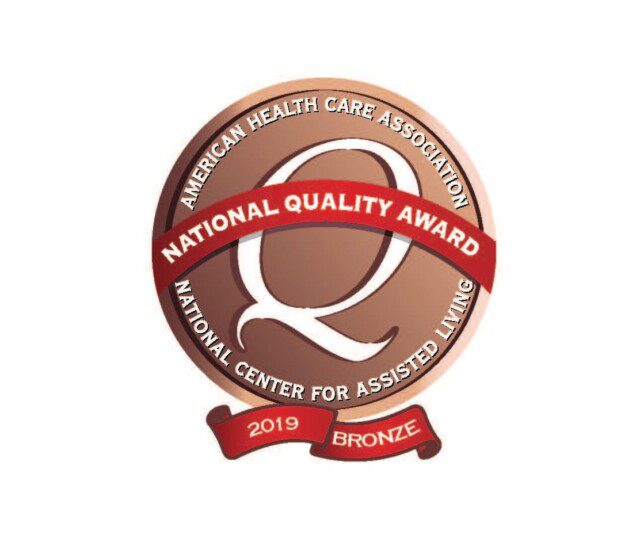Exploring senior living options in Florida can be a journey filled with unfamiliar terms like Life Plan Community, Life Care, Continuing Care Retirement Community (CCRC), independent living, assisted living, memory care, continuum of care, and long-term care. Each represents a unique approach to retirement living, offering distinct benefits tailored to a variety of lifestyles.
To simplify this process, we’ll outline the key differences between two common terms you may see on your search: Senior Life Care and Life Plan Communities.
What Is Life Care and How Is It Different From a CCRC?
While all Life Care communities are Life Plan Communities/CCRCs, not every Life Plan Community/CCRC offers Life Care. At its core, these are full-service communities offering a variety of residence sizes, floor plans, services, and amenities. These communities also provide a range of living options, including independent living, assisted living, skilled nursing, short-term rehabilitation, and memory care, all conveniently on-site.
A Life Care retirement community focuses not on the type of care provided but rather on the contract chosen. It’s exactly what it sounds like: care for life.
Generally, there are three main types of Life Care contracts you may encounter:
Type A, Life Care
This contract guarantees care for the rest of a resident’s life with predictable monthly fees. It requires a one-time entrance fee. Although the entrance fees are the highest among these contract types, they ensure stability in future healthcare needs and costs.
Type B, Modified Plan
This plan generally comes with lower monthly and entrance fees than Type A contracts. However, should a resident require a higher level of care—such as assisted living or skilled nursing—they are responsible for a higher portion of the associated costs than those who choose a Type A contract. The financial responsibility is shared between the resident and the community, but potential increases in health care costs over time are not covered.
Type C, Fee-for-Service (also called rental contracts)
Typically requiring the lowest monthly and entrance fees, this option provides access to all levels of care as needed. However, residents are fully responsible for the costs of any health care services, paying market rates for assisted living, skilled nursing, memory care, or rehabilitation should they be required.
Considering the Costs Without Life Care:
Generally, communities that do not offer Life Care feature lower entrance and monthly fees. However, this often comes with risks, such as:
- If you’re in independent living but need assisted living, skilled nursing, or memory care, you must pay some of the cost for that higher level of health care – usually, that means you pay current market rates for that care, which can equate to thousands of dollars more a month.
- You may or may not be guaranteed priority access to the care you need – which means you’re not assured a spot in the community’s health center when you need care. You or your spouse may need to move off-site to a different care community that you didn’t choose, paying whatever rates that location charges you.
- If you and your spouse both need different levels of care, you may have to pay two monthly fees.
Life Care Benefits: Comfort & Peace of Mind
Selecting a Life Care contract allows you to enjoy all the benefits of a Life Plan Community/CCRC. You choose a residence from a selection of sizes and floor plans, have access to a wide range of amenities and services, and know that a continuum of care is available on-site should you ever need it.
While the entrance and monthly service fees may be higher, these fees bring added value:
- Predictable Costs: If long-term care becomes necessary, you know exactly where you’ll receive care, who will provide it, and how much it will cost, as costs will be determined at a predictable rate when you sign your contract.
- Care for Life: Health care will always be available when you need it, and you are entitled to priority access to on-site health care.
Life Care at The Waterford
The Waterford, located in Juno Beach, is the only senior living community in the area that offers Life Care for seniors. But that’s far from all we offer. The Waterford is home to a vibrant community of active, engaged adults who appreciate life’s opportunities. You’ll find an array of amenities, including fine dining, a focus on wellness, and enriching programs, courses, and classes. Our friendly team members are here to help, ensuring your time is spent enjoying life.
Intrigued? We’d love to share more. Please call us anytime at 1.888.672.7494, or simply fill out the form below.


